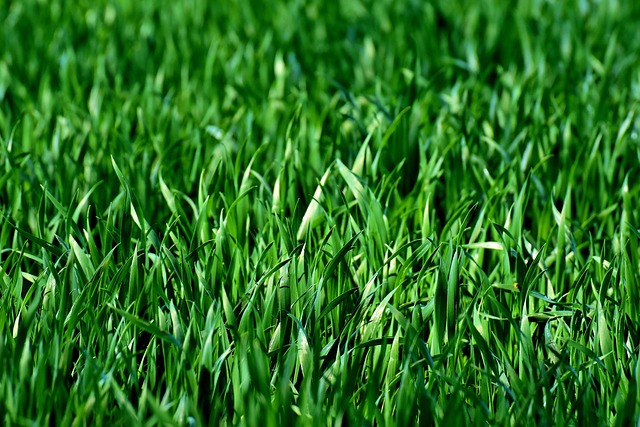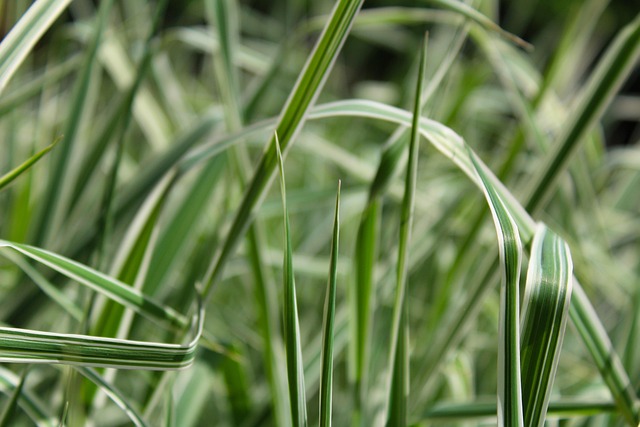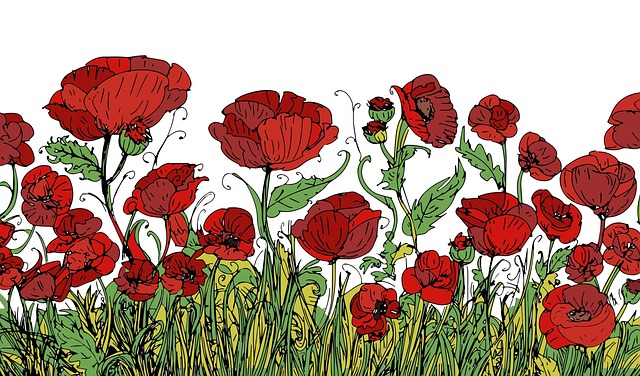Lawn fungus thrives in Colorado's hot summers due to specific conditions like poor air circulation, overwatering, and high nitrogen fertilizers. To prevent fungal infections, proactively address these issues by aerating, proper watering, maintaining drainage, removing debris, and using balanced fertilization. Choose heat-resistant grass species, implement measures like deep morning watering and regular overseeding, and inspect for discolored patches or mold growth. Keep a vigilant eye during hot spells, adjusting irrigation, mowing height, and fertilizer schedule to maintain a healthy lawn in Centennial's climate.
“Prepare your lawn for the scorching Centennial summers with our comprehensive guide to fungus prevention. Understanding the common types and causes of lawn fungus is the first step towards a healthy, vibrant green space. We explore proactive measures to fortify your lawn against fungal infections, focusing on creating resilience. Additionally, practical maintenance tips will help you identify and address issues early on. By implementing these strategies, you can ensure your Centennial lawn thrives even in the hottest months.”
- Understanding Lawn Fungus: Common Types and Causes in Centennial's Summer Heat
- Proactive Measures: Creating a Resilient Lawn to Prevent Fungal Infections
- Maintenance Tips: Identifying and Addressing Fungal Issues for Healthy Grass in Centennial's Hot Climate
Understanding Lawn Fungus: Common Types and Causes in Centennial's Summer Heat

Lawn fungus, a silent but persistent menace, can transform your lush green haven into a patchy, unkempt landscape during Colorado’s hot summer months. Understanding the types and causes of lawn fungus is the first step in preparing your lawn for the Centennial heat. Common varieties include dollar spot, brown patch, and rust diseases, each with its unique characteristics and triggers. Dollar spot, for instance, thrives in warm, dry conditions with frequent dew or irrigation, causing round, yellowed patches. Brown patch, on the other hand, prefers hot, humid weather and can leave large, brown areas on your lawn, often mistaken for lack of water. Rust diseases are also prevalent during summer heatwaves, manifesting as orange or rust-colored spores on grass blades.
While direct causes vary, several factors contribute to lawn fungus proliferation in Centennial’s climate. These include inadequate air circulation, overwatering, poor soil drainage, and a buildup of organic matter like leaves and grass clippings. High nitrogen fertilizer use can also encourage growth, as fungi outcompete grasses for nutrients. Therefore, preparing your lawn involves addressing these issues proactively: improve aeration to enhance oxygen and water penetration, ensure proper watering techniques, maintain effective drainage, regularly remove debris, and consider balanced fertilization methods.
Proactive Measures: Creating a Resilient Lawn to Prevent Fungal Infections

Creating a resilient lawn is the first line of defense against fungal infections, especially as temperatures rise during Colorado’s summers. Preparations start with understanding your lawn’s needs and cultivating a strong root system. Choosing suitable grass species for your Centennial climate is crucial, selecting varieties that can withstand both heat and drought. Regular deep watering early in the morning promotes robust roots, while minimizing evening watering reduces moisture, which fungi thrive upon.
Further proactive measures include maintaining proper soil pH levels and ensuring adequate nutrition. Applying a balanced fertilizer at the right time of year stimulates growth without encouraging excessive leafiness, creating an environment less favorable to fungal growth. Overseeding in early fall or late spring helps maintain density, reducing bare spots where fungi can take hold. Lastly, aerating your lawn periodically improves drainage, minimizing moisture buildup that can lead to fungal infections.
Maintenance Tips: Identifying and Addressing Fungal Issues for Healthy Grass in Centennial's Hot Climate

Preparing your lawn for the hot Centennial summers involves proactive measures to prevent fungal issues that can damage grass and leave it looking unhealthy. Regularly inspecting your lawn is key; look out for discolored patches, wilting grass, or unusual mold growth. These could be early signs of fungal problems like rust, leaf spot, or brown patch. Addressing these issues promptly is crucial to saving your lawn.
Start by ensuring proper irrigation—deep watering less frequently promotes stronger roots and discourages fungi that thrive in moist conditions. Maintaining a balanced fertilizer schedule and mowing at the right height can also bolster your grass’s natural defense mechanisms against fungal infections. Keep an eye on your Centennial lawn, especially during hot, dry spells, and make adjustments to watering, fertilization, and mowing as needed to keep your grass healthy and fungus-free.
Preparing your lawn for the intense summer heat in Centennial requires a proactive approach to fungus prevention. By understanding the common types and causes of lawn fungus, implementing resilient practices, and maintaining proper care, you can ensure a healthy, vibrant lawn all season long. These measures will not only protect your grass from fungal infections but also contribute to a lush, green landscape that thrives under the Centennial sun.
